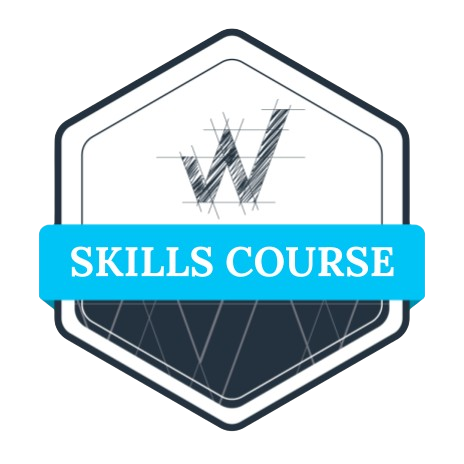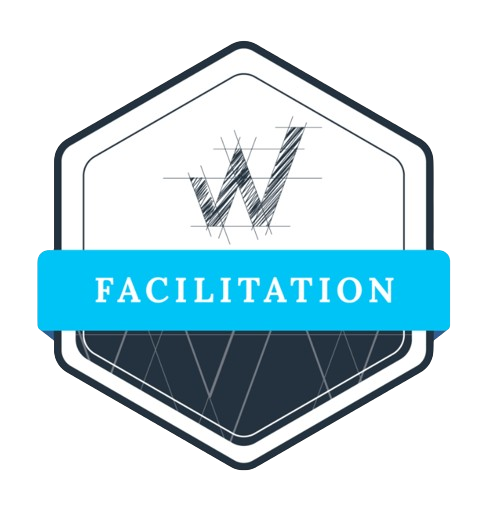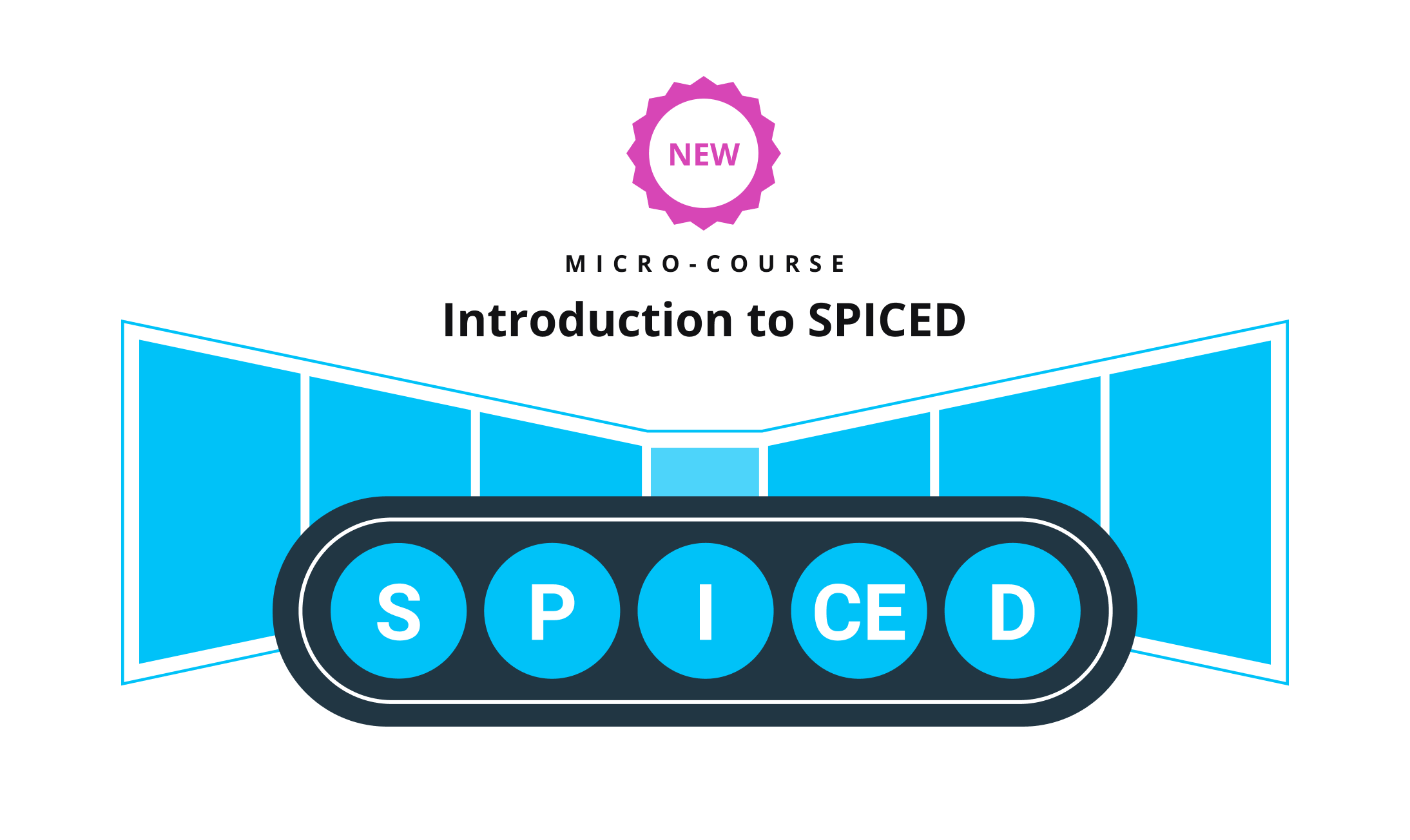Questions are fundamental to the selling process.
Where many salespeople fail is listening to the response of their question. If you’re too focused on what you’re going to ask next, you aren’t having a conversation, you’re running through a checklist.
Prescription before Diagnosis is Malpractice
Customer’s don’t care about features! They care about figuring out if you can actually help. Decisions are made emotionally first, and then justified rationally. Don’t give them the solution before you fully understand their problem.
Here’s how great sales professionals run effective meetings.

The Perfect Discovery Call
Step 1) Preparation
Do research on the person you’ll be speaking with. If your company has already had conversations with the person you’ll be meeting with, find out what the customer mentioned they care about. Check LinkedIn for uncommon-commonalities (Were they just promoted? Marathon runner? Volunteer experience?). Show that you care.
There is no excuse for knowing nothing about your customer or their company. Do not just show up and wing it. That wastes everyone’s time.
Step 2) Strong opener to set the tone: AxNOT
The best start to a sales call accomplishes three things: sets the expectations of what will be accomplished and the time allotted to meet.
Discovery calls need to be conversations, and not 1-way sales pitches. The customer needs to know they have control, and their concerns will be addressed.
Your opener should take about 45 seconds — here’s a great framework to get started inspired by Hiro Rodriguez.
AxNOT: Call Opening
- Appreciate you taking the time for today’s call.
- x = time ? “We have 30 minutes scheduled to speak today — does that still work for you? {Remember to listen to their response, and adjust your call if necessary)
- Naturally, you will have questions for me about my company….
- Obviously, I have questions for you about your team, and goals to understand if we could help.
- Typically, this call will end with us determining next steps in evaluation, or if at any point you realize this is not going to be a good fit — will you please interrupt me to let me know?
Here is an example of this used with a customer (potato quality)
Notice how the customer feels like they are in control, and how happy they are to not feel like they will waste time on another “sales pitch”.
Step 3) Confirm the Agenda, Ask about their Goals
Confirm the agenda you sent out in your calendar invite, and then ask them:
What do you want to get out of today’s meeting?
Ask everyone on the call what they are looking to get out of the call. Write down their names, and make sure you address their top priorities before the end.
This helps the customer realize this is going to be a 2-way conversation, and help the customer feel like they’re in control.
We are now ready to step into the next phase — use this chart to understand where we are in the conversation:
Step 4) Diagnose before Prescribing: SP3V
Here is the bulk of the call — use question based sales to figure out what your customer is actually looking to solve.
Ask them questions to understand their situation first — then lead into questions that help clarify their Pain, and desired Value.
Situation
Start off with situational questions that show you have done some research, but also help you qualify the customer on basic minimal requirements.
Pain
When you begin asking pain questions — don’t just ask the generic and over-used “what keeps you up at night?” Instead ask more thoughtful “When speaking to other Directors of Sales, they mention challenge 1, 2 and 3 are on their top priorities to solve. To what extent is [customer challenge #1] important to you?”
Summarize what you’ve heard before moving forward. This demonstrates you’re actively listening, and actually care about the customer.
3rd Party Reference
Share a relevant use-case or customer story that pertains to the situation and pain you just summarized.
Early in the sales conversations, customer’s care more about how their peer’s solved a similar challenge.
The key is making sure your use case is relevant, and matches to a pain they are currently facing that you just identified. Know customer stories that you can share through a story.
When the call is over, your customers will remember stories much more than facts and features.
Value
Begin to transition from emotional to rational decision making and quantify the value of your solution. Ask them questions that describe the impact a solution like yours could have for the company.
This is where the discovery call helps you close deals — the ROI is found in the value based open-ended questions.
I highly recommend you study question based sales techniques such as SPIN Selling by Neil Rackham and Question Based Selling by Thomas Freese.
Step 5) Prescription and Wrap
At this point, you’ve understood the customer’s pain and the value of solving it for them. Don’t just jump into a “demo” — you will lose the momentum.
At this point, you need to share how specific parts of your solution address each of the pain points your customer needs solved. Show how feature X will generate more ROI, or how Dashboard ABC will give them visibility that will help them solve their number 1 priority.
Make sure as you wrap up you ask if all their concerns were addressed (from Step 3 above).
How to run an effective demo and begin moving towards closing the deal will be covered in future posts.
Conclusion
Most new sales professionals offer feature-based solutions way too early into the conversation.
Focus on what your customer is looking to solve, understanding their pain, and what makes their situation unique. Only then should you offer a prescription of the type of solution they need, and help them evaluate the trade-offs between what you’re offering, and that of your competitor.
Help guide them to the best solution.


